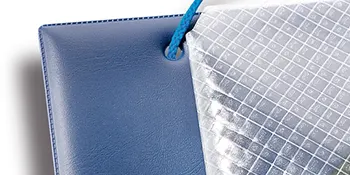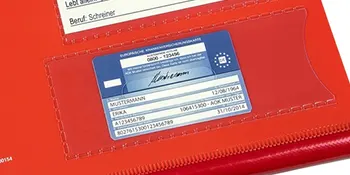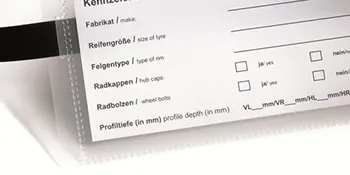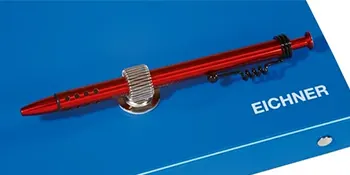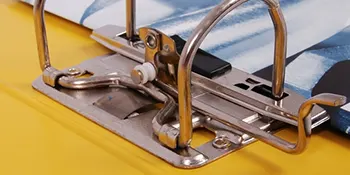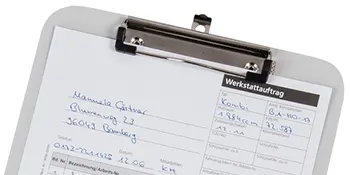JOINING PLASTIC FOILS
Weld, Glue, Rivet
QUALITY HAND IN HAND
Joining plastics
In addition to our standard range of office, promotional and presentation items, we continue to work with you to innovate and generate creative ideas and are always developing new products with our customers.
We use the latest processing technologies for high-quality, durable plastics joining. At the end of the development process, customers receive their very own personal solution in line with their individual requirements.
Manufacturing processes for plastic foils
For decades EICHNER has demonstrated its mastery of the most cutting-edge and diverse methods available in foil processing. We currently use the following process technologies to join our plastic foils, whereby welding plastic foils using a variety of welding methods is at the core of our production:
Welding
Bonding
Riveting
If you also want to learn more about our other process technologies, please continue reading in the following categories:
Separating plastic foils
Forming plastic foils
Finishing plastic foils
Materials used
Joining plastic foils: Overview
When joining plastic foils, we focus on meeting your creative specifications, ensuring durable products and keeping costs as low as possible for you.
This dispenses with the need for high tempering temperatures. It also means that the material structure and strength are not altered unnecessarily. This also applies to bonded joints, which can additionally be particularly elastic and cost-effective. The advantages of welding, on the other hand, include short cycle times and very few process steps, many of which can be automated.
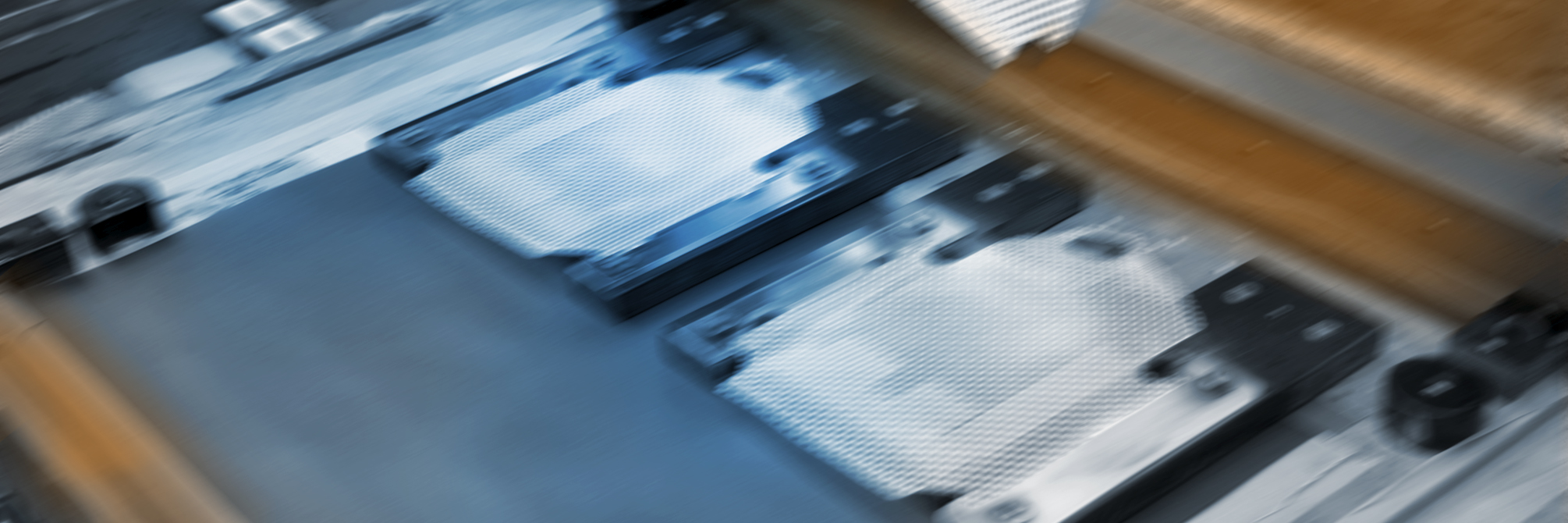
-
CUSTOM-MADE FOR YOU
Welding plastic foils
In foil welding two or more layers of plastic foil are joined together by a welding seam. This welding seam is designed to form an inseparable bond between the corresponding layers of foil. For example, this is how menu covers are sealed on each side except for one or how self-adhesive pockets are designed according to your requirements.
Material
Suitable materials for welding include thermoplastic foils, among others. They can be further subdivided into amorphous and semi-crystalline thermoplastics based on their microstructure. At EICHNER we mainly use PVC (polyvinyl chloride), PP (polypropylene) and PE (polyethylene) foils. It is comparatively easy to weld them together using heat and pressure, whereby the materials are selectively heated above their melting temperature and brought into a kind of flowable state.
Temperature
This means that the plastic foils to be joined must have similar melting indices. The corresponding welding temperatures of the individual plastics are between +250° and +280° Celsius for PVC, between +230° and 280° Celsius for PP and between 220° and also 280° Celsius for PE.
-
CUSTOM-MADE FOR YOU
Bonding plastic foils
Adhesive bonding is recommended in particular for duroplastics. As a proven specialist in plastics processing, our knowledge of the desired size of the bonding surfaces, water resistance, initial strength and heat resistance of the respective plastic group is decisive when it comes to making a recommendation for or against the bonding method.
For example, in order to select the right adhesive and plastic foil, we must know the condition the surface should have, the expected load that the intended adhesive must be able to withstand, the area of application in which the bonded plastics will be used and much more.
-
CUSTOM-MADE FOR YOU
Riveting plastic foils
For riveted joints, rivets made of metal, alloys and even plastics are used to create a permanent, mechanical bond between the materials. Riveting is chiefly used for joining flat material parts such as plastic parts, sheet metal, leather or robust cotton fabrics. The main advantage of riveting is the elimination of joining methods that increase the temperature. The structure of the plastic foils remains completely unchanged.
Solid riveting
Solid riveting is one of the oldest techniques for joining two or more materials. The primary advantage of solid riveting is that the joint can be easily inspected without the need for sophisticated tools. In order to join plastic foils with solid rivets, holes are drilled in advance, similar to the process of pop riveting or blind riveting.
Self-piercing riveting
Self-piercing riveting is used for indirect, non-separable connections in a continuous punching process.
Pop riveting or blind riveting
Pop rivets, also called blind rivets, can be used to connect areas that are difficult to access. This makes it easier to join soft and thin metals or even plastics. The name refers to the virtually invisible side of the pop rivet or blind rivet, because it can only be inserted “blindly” into the material from one side. The wide variety of blind rivets means that they can be used in an extremely wide range of applications. This process offers the advantages of a fast, affordable and easy-to-implement method for joining materials or plastic foils.



